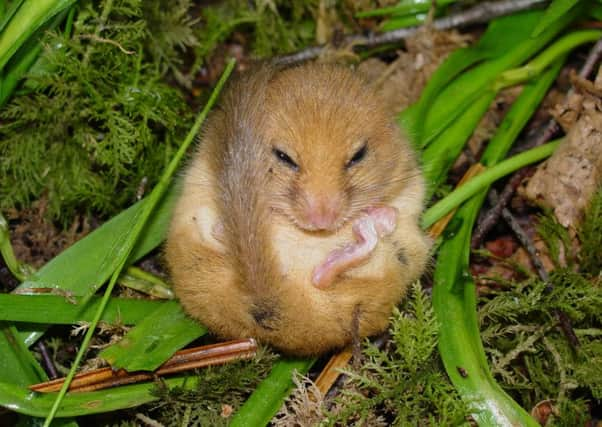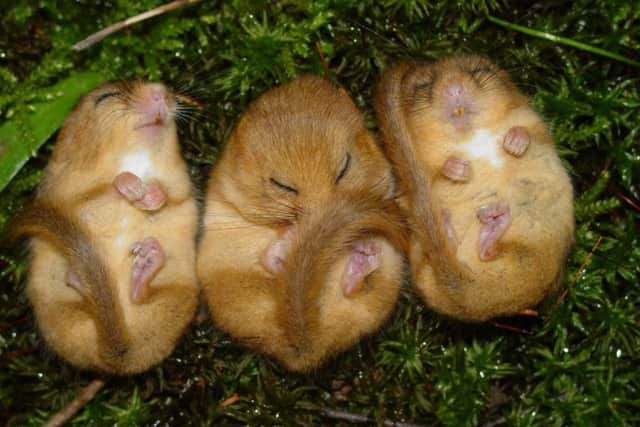Do what a dormouse does! Half term activities at Wakehurst Place


A week of family activities with the theme ‘Do what a dormouse does!’ is being held at Wakehurst, the country estate of the Royal Botanic Gardens, Kew, from Monday February 17 to Friday February 21.
Young visitors can discover details about the day dreaming and night nibbling life of the dormouse; use microscopes to take a close look at the plants and insects which make up the dormouse diet; and have a go at building a nest using the materials a dormouse would use.
Advertisement
Hide AdAdvertisement
Hide AdThey can also guess the weight a dormouse has to be to survive its winter hibernation and take part in art activities, making a dormouse puppet using hazel twigs and a collage from nuts.


And walking through Wakehurst’s glorious gardens and woodlands, visitors can look out for plants important in the life of a dormouse, such as honeysuckle, oak flowers and catkins, and spot areas which would make the perfect home for them. Children can also discover Wakehurst’s Adventurous Journeys play spaces around the estate.
Susan Allan, Wakehurst’s Schools and Family Programme Leader, said: “Dormice spend up to three quarters of their life asleep and, when they do move around, it is usually at night and through the canopy of trees and shrubs, so most people know very little about them.” (See images attached)
She added: “Wakehurst’s Loder Valley nature reserve* is a key site for dormice and part of the National Dormouse Monitoring Programme. While visitors won’t actually be able to see dormice, our half term activities will enable them to discover what life is like for a dormouse and what plants make up its secret world, using knowledge from our experts here.”
Advertisement
Hide AdAdvertisement
Hide AdHalf term activities are held in Wakehurst’s sixteenth century mansion and cost £2 per child (Normal admission prices apply, accompanied children under 17 are admitted free at Wakehurst).
*The Loder Valley nature reserve was established more than 30 years ago as a haven for conservation and scientific monitoring. The reserve supports a rich diversity of animals and plants, from dormice and kingfishers to rare mosses and lichen.
Dormice hibernate in nesting boxes in the nature reserve from late October to early April, and at other times can also be found in a deep sleep if it is cold or wet. There are some 300 dormouse nesting boxes in the Reserve, which are monitored on a monthly basis.
Data from dormice monitoring at Wakehurst has been used as part of national analysis which has detected a significant decline in dormice numbers in Britain, except in the South East.
Advertisement
Hide AdAdvertisement
Hide AdRecords from Wakehurst have also helped inform management handbooks for woodland owners in the UK and Europe who aim to reverse the decline in numbers.
(Entry to the Loder Valley Nature Reserve is restricted to 50 people a day. To obtain a permit allowing access please go to the ticket desk in the Wakehurst Visitor Centre on the day you wish to visit. )